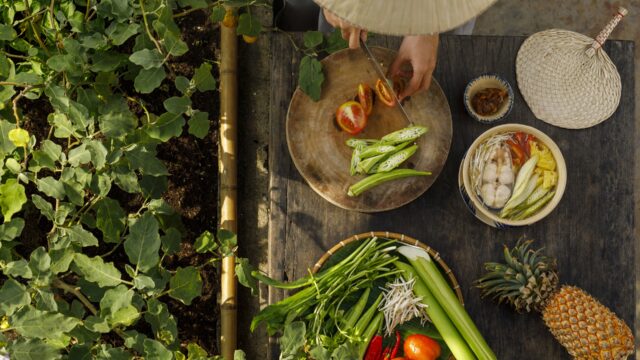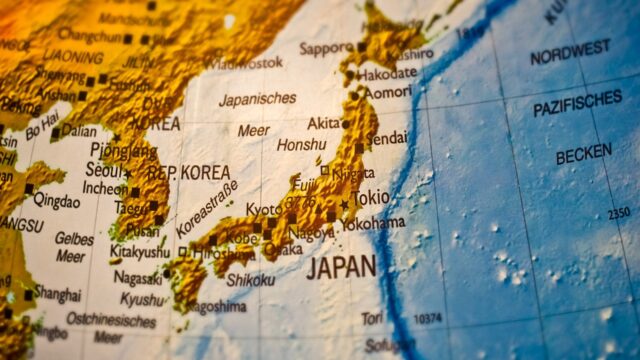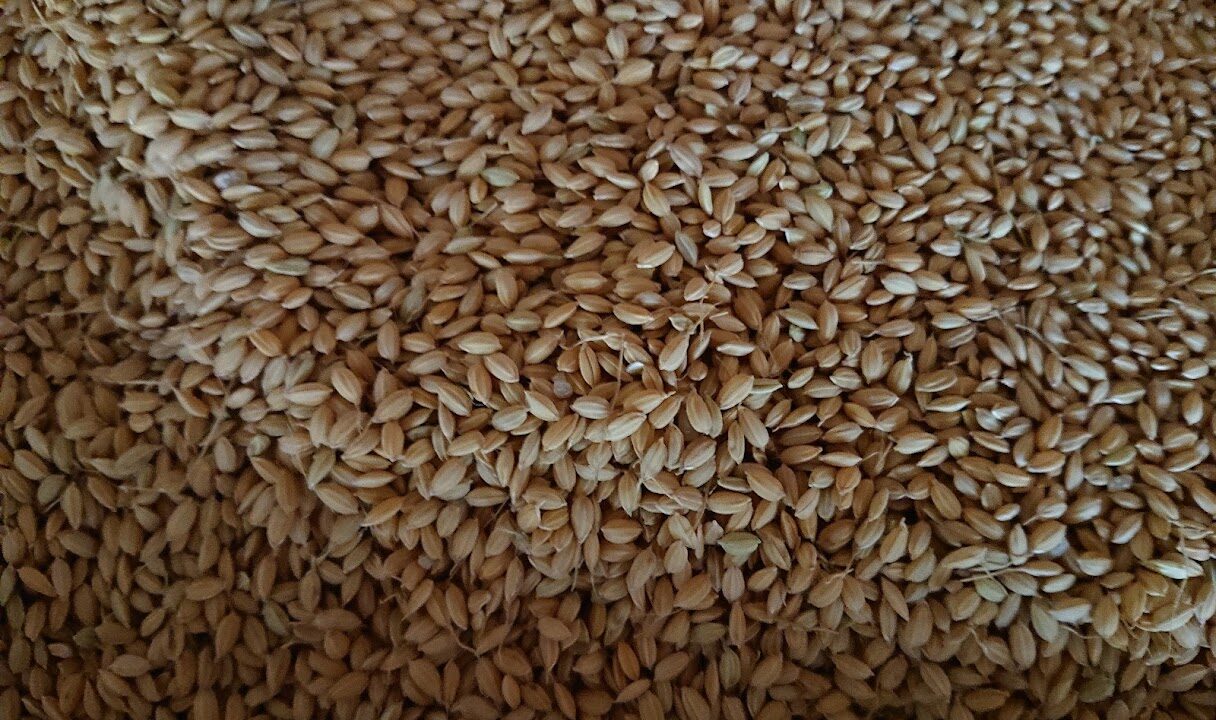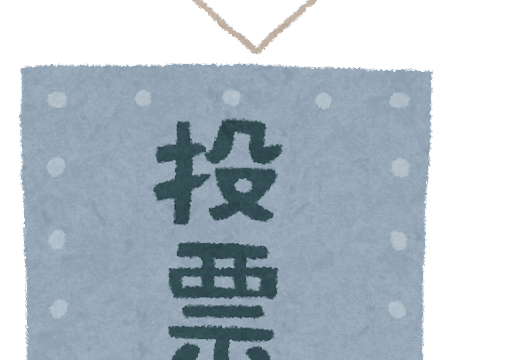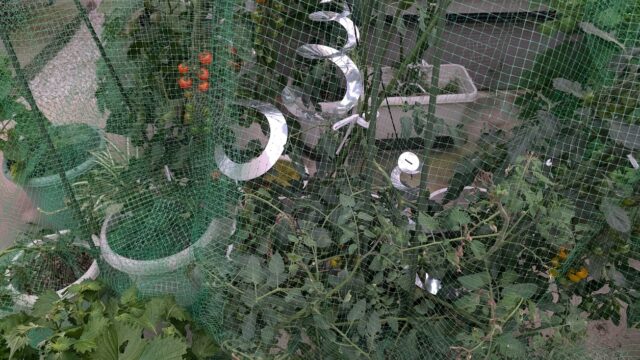稲刈りした米の乾燥が終わったとのことで
米の袋詰め作業を手伝ってきました。
The harvested rice had finished drying, so I came to help pack the rice into bags.
台風が近づいてきているので
あらかた終わらせたいみたいです。
The typhoon is approaching, so the fathers want to finish the work as soon as possible.
目次
やることは簡単 It’s easy to do
私に任されたミッションはコメを袋に詰めて運ぶことです。
The mission entrusted to me is to pack rice into bags and transport them.
それまでの段取りは私が行くまでに終わってました。
The preparations up to that point had been completed by the time I arrived.
こちらのコメと乾燥機の中のものを玄米にして袋に詰めます。
This rice and what’s in the dryer are turned into brown rice and packed into bags.
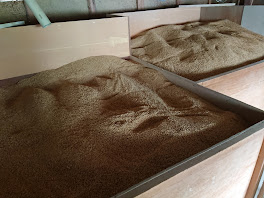
こちらのゴザの上と冷蔵庫の中に米を運びます。
The rice is carried on this mat and into the refrigerator.
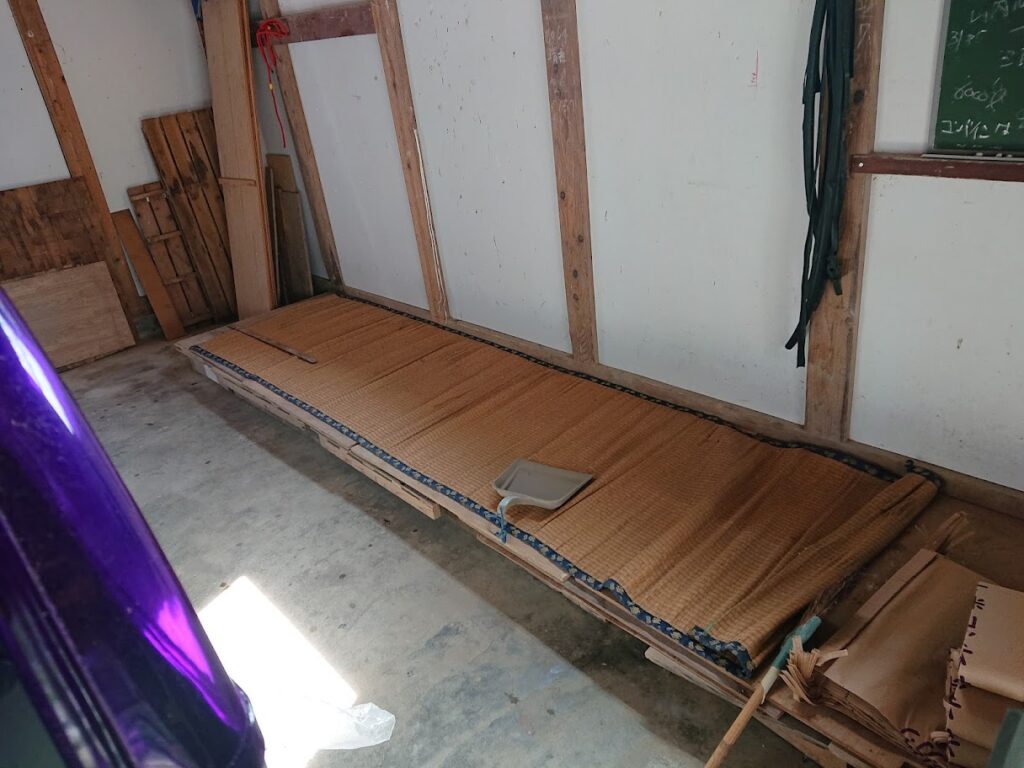
始めます start
米が選別され、もみ殻が取れて
袋の中に入っていきます。
The rice is sorted, the husks are removed, and it goes into bags.
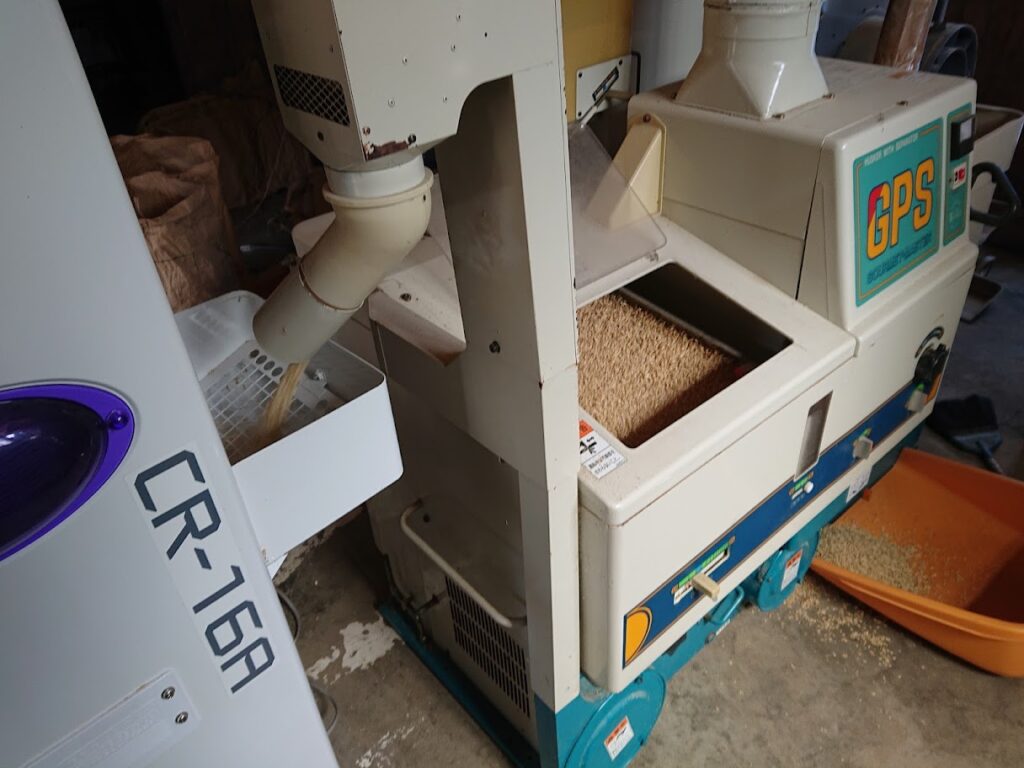
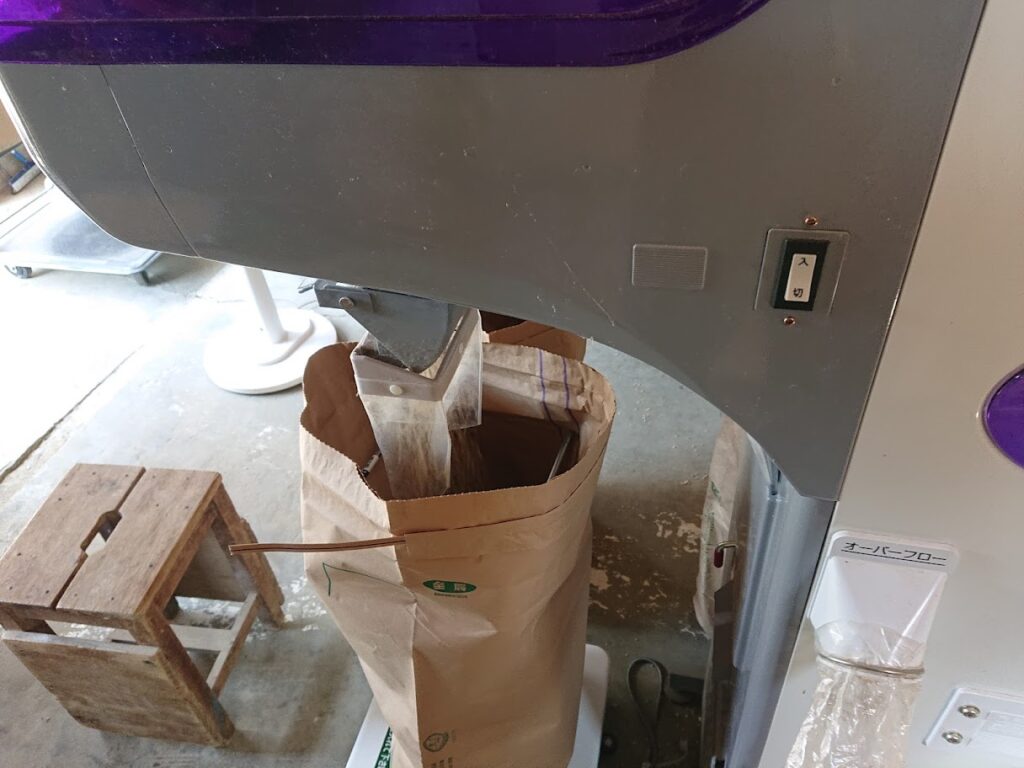
1袋30kgちょっと入ります。
One bag holds about 30 kg.
米が入ったら袋の口を4回折ってひもを縛ります。
Once the rice is in it, fold the opening of the bag four times and tie the string.
ひもの縛り方は着物を着るときと同じ縛り方とのことです。
The strings are tied in the same way as when wearing a kimono.
よくわからなかったので普通に教わりました。
I didn’t really understand it, so I just learned it.
これを丸一日繰り返します。
Repeat this for the entire day.
成果発表 Announcement of results
結構頑張りました。
I did my best.
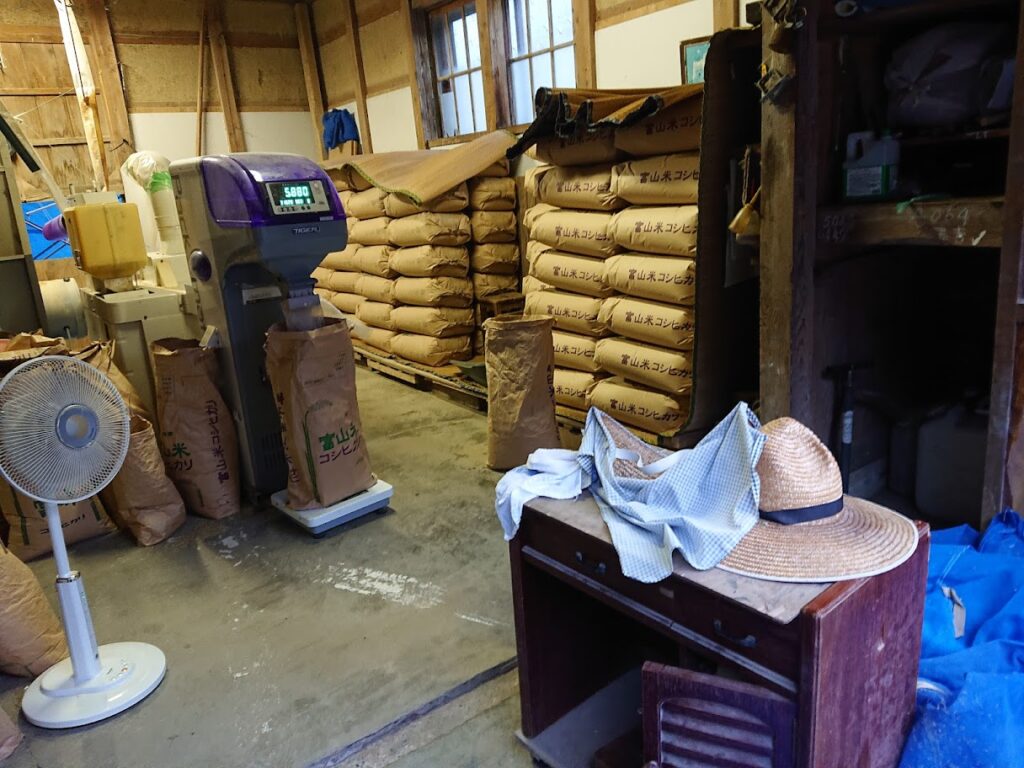
だいたい100袋ぐらいになりました。
It ended up being about 100 bags.
腕と背中と腰が悲鳴を上げております。
My arms, back, and hips are screaming.
あとはもみ殻を畑に撒きに行けば終了です。
All that is left to do is go and scatter the rice husks in the field.
なんとか終えることができました。
I managed to finish it.
確実に筋肉痛になります。
It will definitely make your muscles sore.
かなり重労働ですので、父と祖母だけではかなりきついです。
It’s quite hard work, so it’s quite difficult for my father and grandmother to do it alone.
来年も手伝いに行きたいと思います。
I would like to help again next year.
関連記事↓
Related articles↓

Memo: Carrying rice
This time, I helped pack the rice into bags and carried the rice.
Although the distance was only a few meters, it was very hard work.
I was curious about how people transported things in the past, when there were no trucks or heavy machinery.
So, I looked into rice transportation.
What did you pack in the past?
Currently, there are paper bags and plastic bags.
In the past, there was no such thing as vinyl.
Paper was also a valuable item, and it wasn’t as strong as it is today.
In the old days, straw was woven into a cylindrical shape.
It’s called a bale.
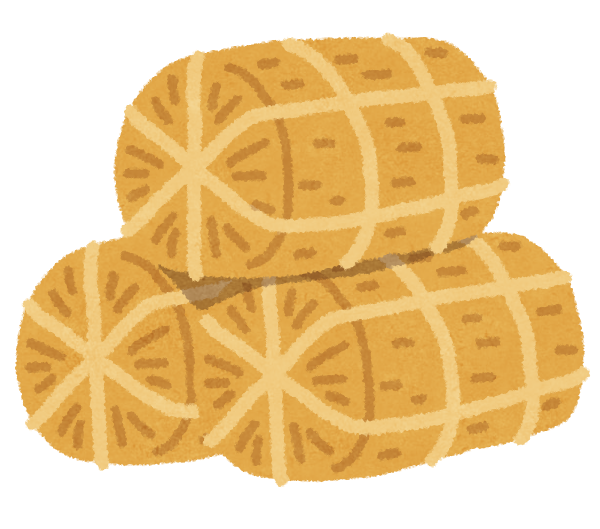
Apparently, during the Edo period, 30kg of rice was carried in straw bales.
In the Meiji period, the standard was changed to 60kg.
The weight of bales from the Meiji era is completely out of line with modern labor standards.
Transportation method
I looked into the transportation methods used by people in the past.
It was as expected. It’s human power.
It seems that some people carried them directly on their shoulders, while others carried them on carts.
It seems that it was common for people to carry two or three at a time.
In addition to physical strength and muscular strength, I suspect that they had good skills in carrying heavy objects.
Whatever it is, it’s amazing.
Found an interesting site
While researching rice transportation, I found an interesting site.
This is a website called “The secrets of rice transportation and rice stacking.”
This site has easy-to-understand instructions on how to tie rice bags, how to hold rice bags, and how to stack and stack rice bags.
I have no idea who created it or for what purpose.
I found this site to be very useful.
Please use it as a reference.
https://kometsumi.link/
